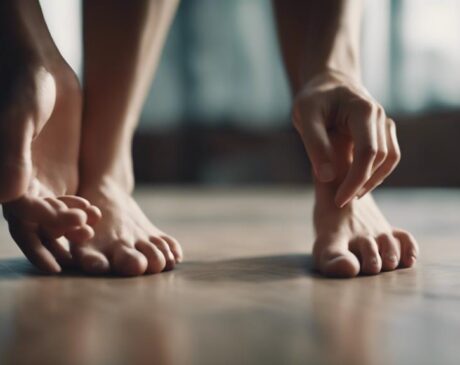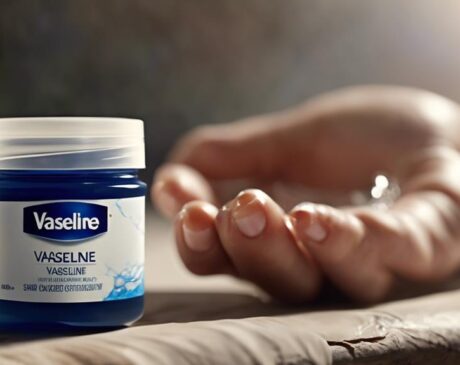Are Nail Drills Good or Bad?
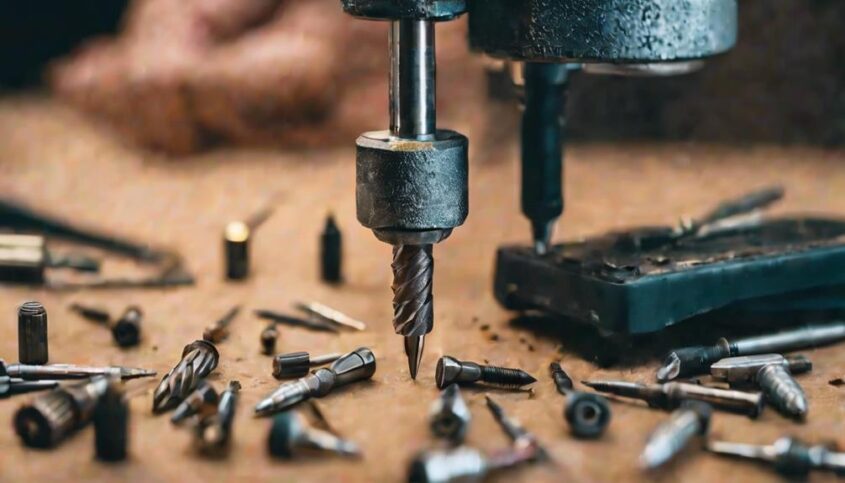
When utilized correctly with proper equipment and training, nail drills can be highly advantageous for achieving efficient and precise nail care procedures. The quality of the device, speed settings, and interchangeable bits impact their effectiveness. However, potential damage concerns arise from improper usage or low-quality devices, emphasizing the need for proper training and high-quality tools. Understanding the risks of overuse, such as nail damage and infections, is crucial in maintaining nail health. Still, a deeper understanding of the benefits versus harm analysis can provide insight into the value of nail drills in the beauty industry.
Key Takeaways
- Nail drills are beneficial for efficiency and precision in nail shaping.
- Proper training and high-quality tools mitigate potential damage risks.
- Overuse or improper handling can lead to nail damage and infections.
- Understanding different nail types and risks of overuse is crucial.
- Balance benefits with risks, emphasizing proper training and client safety.
Efficiency of Nail Drills
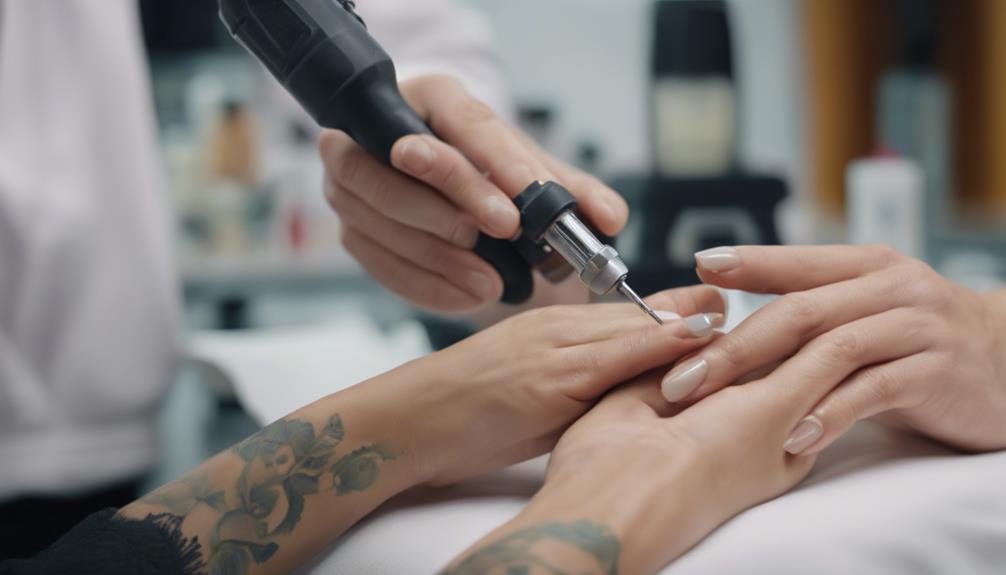
When evaluating the efficiency of nail drills, it becomes evident that their effectiveness greatly depends on the quality of the device and the skill of the user. Nail drills are valuable tools in the beauty industry, aiding professionals in providing precise and efficient nail services. A high-quality nail drill with appropriate speed settings and interchangeable bits can significantly enhance the speed and accuracy of services such as shaping, filing, and buffing nails.
For professionals serving others in the beauty industry, a well-maintained nail drill can streamline processes, allowing for more clients to be served effectively. However, it is essential for users to have proper training and experience in using nail drills to avoid causing harm to clients. The skillful handling of the device, coupled with an understanding of different nail types and conditions, is crucial in ensuring a safe and satisfactory experience for both the technician and the client.
Potential Damage Concerns
Potential damage concerns associated with nail drills can arise from improper usage or low-quality equipment, highlighting the importance of proper training and investment in high-quality tools for professionals in the beauty industry. Improper handling of nail drills can lead to a range of issues, including nail thinning, overheating, and the potential for infections. When nail technicians lack the necessary training in using these tools correctly, they may apply too much pressure or use incorrect drill bits, resulting in damage to the natural nail. Additionally, low-quality nail drills can have uneven rotations, causing vibrations that can harm the nail bed and surrounding skin. To mitigate these risks, professionals should undergo thorough training to understand the proper techniques for nail drill use and invest in high-quality, reliable equipment. By prioritizing education and quality tools, beauty industry professionals can provide safe and effective nail services to their clients, promoting overall nail health and customer satisfaction.
Precision in Nail Shaping
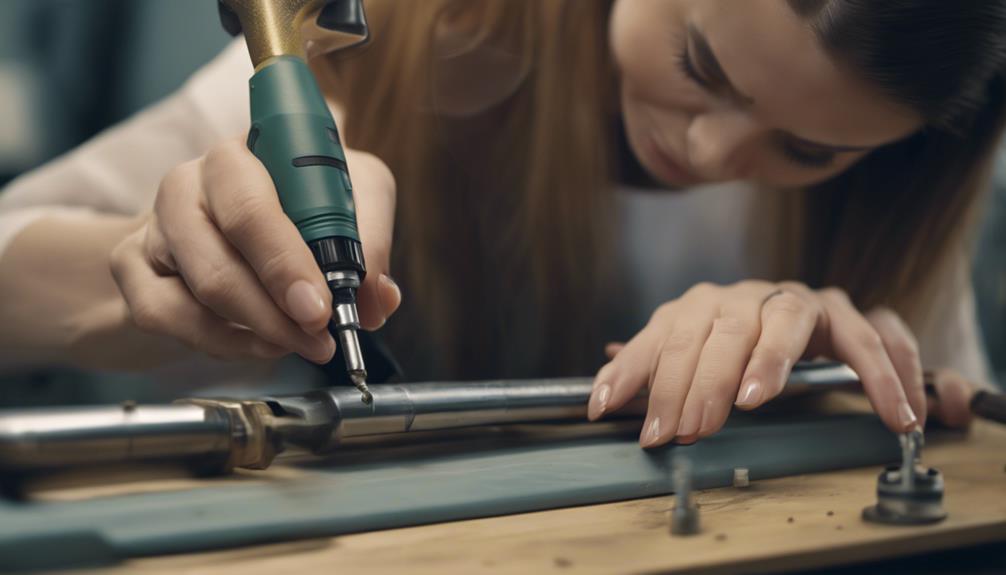
To achieve precise nail shaping, mastery of nail drills and precise handling techniques is essential for beauty industry professionals. Nail drills are valuable tools that, when used skillfully, can help shape nails with accuracy and efficiency. Beauty technicians must undergo thorough training to develop the necessary skills to operate nail drills effectively. By utilizing the appropriate drill bits and adjusting the speed settings, professionals can achieve precise shaping results tailored to each client's preferences.
Precision in nail shaping is crucial for creating flawless manicures and pedicures that meet clients' expectations. Beauty technicians must pay close attention to detail and have a steady hand to ensure symmetrical shaping and consistent results. By combining expertise in nail drills with a keen eye for precision, professionals can deliver high-quality nail services that leave clients satisfied and coming back for more.
In the beauty industry, mastering the art of precision in nail shaping sets professionals apart and enhances their reputation for excellence. Through continuous practice and dedication to honing their skills, beauty technicians can elevate their craft and provide exceptional nail care services that exceed clients' expectations.
Risks of Overuse
Amid the pursuit of precision in nail shaping using drills, it is critical to acknowledge and address the potential risks associated with their overuse in the beauty industry. While nail drills can be valuable tools when used correctly, excessive or improper use can lead to various risks that beauty professionals should be aware of:
- Nail Damage: Overuse of nail drills can weaken and damage the natural nail bed, leading to thinning, breakage, and potential infections.
- Skin Irritation: Friction and heat generated by drills can cause skin irritation, particularly around the cuticles and nail folds.
- Risk of Infection: Improper sterilization of drill bits or using them on multiple clients without adequate cleaning can increase the risk of infections like fungal nail conditions.
- Sensory Damage: Prolonged exposure to the noise and vibrations of nail drills without proper protection can result in sensory damage to the hands and fingers, affecting the practitioner's ability to provide quality service.
Benefits Vs. Harm Analysis
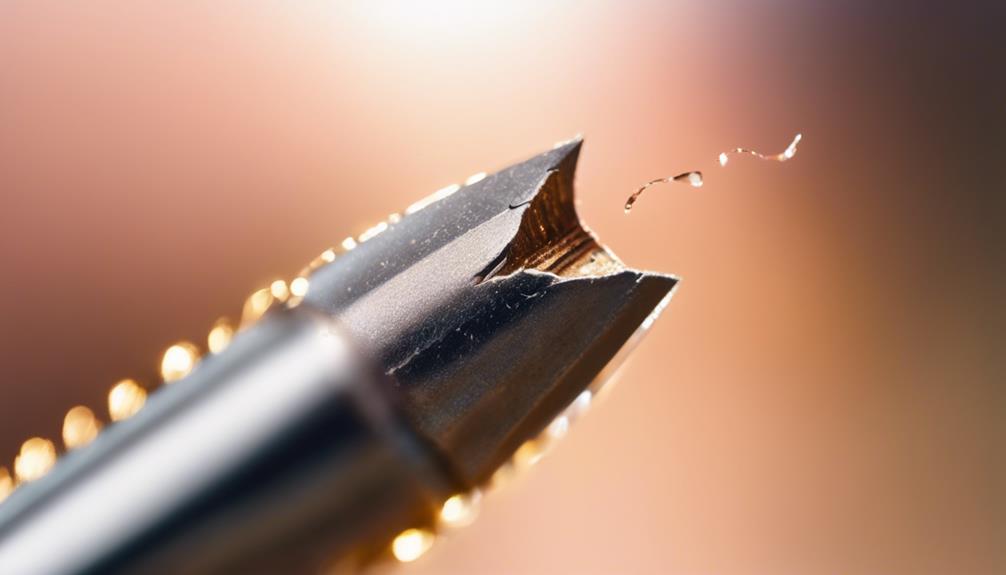
When evaluating the use of nail drills in the beauty industry, a thorough analysis of the benefits and potential harms is essential for informed decision-making. Nail drills offer several advantages, such as saving time during manicures and pedicures, creating precise nail shapes, and aiding in the removal of old gel polish or acrylic nails efficiently. Additionally, nail drills can be beneficial for individuals with thick nails or specific nail conditions that make traditional filing challenging. However, it is crucial to recognize the potential risks associated with nail drills. Overuse or improper use of nail drills can lead to nail damage, thinning of the nail plate, heat spikes causing discomfort or burns, and the risk of infection if not properly sanitized. Therefore, it is imperative for beauty professionals to undergo proper training on nail drill usage, prioritize client safety, and ensure that the benefits of nail drills are maximized while minimizing potential harm. Striking a balance between utilizing nail drills effectively and safeguarding against potential risks is key in providing quality nail care services.
Frequently Asked Questions
Can Nail Drills Be Used on Natural Nails?
When considering the use of nail drills on natural nails, it is important to prioritize the health and safety of the nails. Proper technique, appropriate tools, and regular maintenance can help minimize damage and maintain nail integrity.
How Often Should Nail Drill Bits Be Replaced?
Regular maintenance of nail drill bits is crucial for optimal performance and safety. Factors like frequency of use, type of materials drilled, and proper cleaning affect longevity. Stay tuned as we reveal the recommended replacement schedule for nail drill bits.
Are Nail Drills Safe for People With Sensitive Nails?
For individuals with sensitive nails, caution is advised when using nail drills. It is essential to consult a professional to determine the suitability and safety of using nail drills, considering the nail condition and potential sensitivities.
Do Nail Drills Work Well on Acrylic Nails?
When used properly and by skilled technicians, nail drills can effectively shape and refine acrylic nails. They provide precision and efficiency, resulting in smooth and professional-looking manicures. Understanding proper technique and safety measures is crucial.
Can Nail Drills Cause Nail Infections?
Nail drills, if not used correctly or sanitized properly, can potentially introduce bacteria and cause nail infections. It is crucial to follow proper hygiene practices when using nail drills to minimize the risk of infections.

